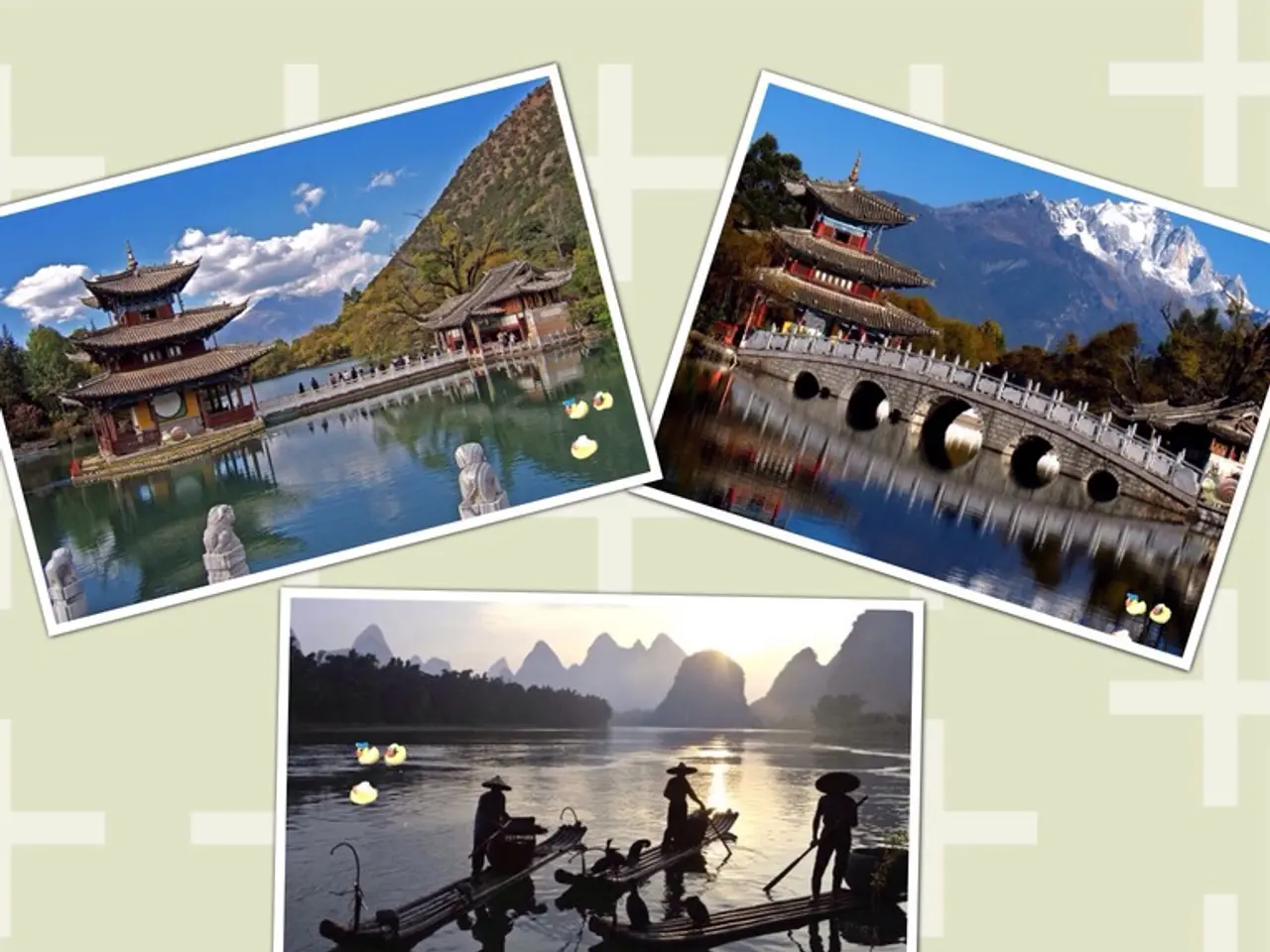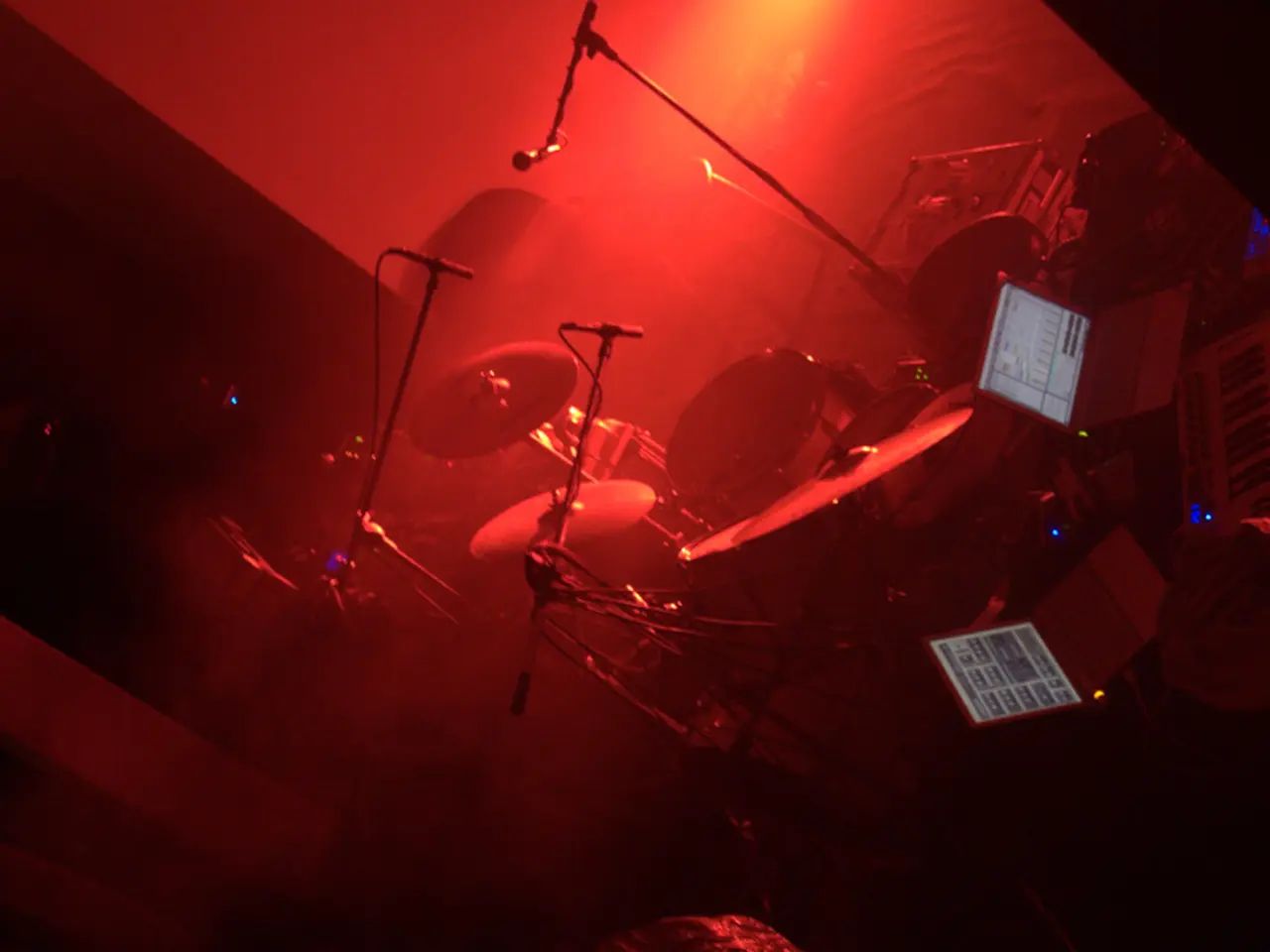Exploring underwater historical finds, ranging from Turkey to the United States
In the fascinating world of cultural heritage preservation, few individuals have made as significant an impact as Asena Ozge Yasar. Her experiences in Turkey, particularly at Limantepe, an ancient harbor settlement on the Aegean coast, have shaped her into a renowned researcher and diver.
Yasar worked at Limantepe, a site of global significance, where she delved into her graduate thesis - exploring submerged architecture and the use of digital tools in underwater archaeology. This discipline, as Yasar highlights, is integral to the integrated preservation of both land and underwater heritage. It uncovers and documents submerged cultural sites, offering a fuller, more nuanced understanding of history that traditional archaeology might miss.
The field of underwater archaeology is a multidisciplinary endeavour, requiring expertise in archaeology, restoration, and digital documentation. Yasar's work at Limantepe is a testament to this, with her responsibilities including digital documentation and creating photomosaics, as well as preparing AutoCAD-based excavation plans.
Today, Yasar continues her work in the United States, focusing on submerged sites in lake environments and digital technologies. Her current projects involve merging her Turkish experiences with advanced digital methodologies, such as photogrammetry, 3D modeling, and high-resolution photomosaics. These tools are not only research tools but also essential for education, heritage preservation, and public engagement.
Collaborative projects between universities, museums, and local governments in the U.S. have shown the power of these methods in making archaeology accessible, particularly for younger audiences. Every project that reaches students, children, or decision-makers, according to Yasar, helps build a more thoughtful and connected future.
Yasar's journey into underwater archaeology began during her university years in Turkey. Her first field experiences were in Kas, one of Turkey's most iconic diving spots. Limantepe, with its multi-layered history stretching from prehistoric periods to the classical era, provided a rich ground for her exploration.
Asena Ozge Yasar is the founder of Archrono Academy, an active member of ICOMOS, WAC, RPA, and ISCARSAH, focusing on the integrated preservation of both land and underwater heritage. She believes that underwater archaeology is about understanding societal memory and protection choices. Yasar values interdisciplinary collaboration, digital accessibility, and public engagement in underwater archaeology.
In her view, exploring history beneath the surface is not just about uncovering the past, but also about addressing contemporary challenges like climate change, environmental degradation, and the risk of losing cultural memory. Archaeology, according to Yasar, is more than a technical specialty; it is a call to responsibility.
[1] Reference for the information in this article can be found here: [Link to the reference]
The Turkish government, recognizing the importance of Yasar's work in underwater archaeology, has established collaborative projects between Turkish universities and local governments aimed at making archaeology more accessible to younger audiences.
In her studies, Asena Ozge Yasar frequently employs digital tools in her research, such as photogrammetry, 3D modeling, and high-resolution photomosaics, which she perfected during her time at Limantepe, a significant site in Turkey.
Moving forward, Yasar plans to apply these Turkish-honed digital methodologies to submerged sites in lake environments to better understand societal memory and protect cultural heritage from modern threats like climate change.




